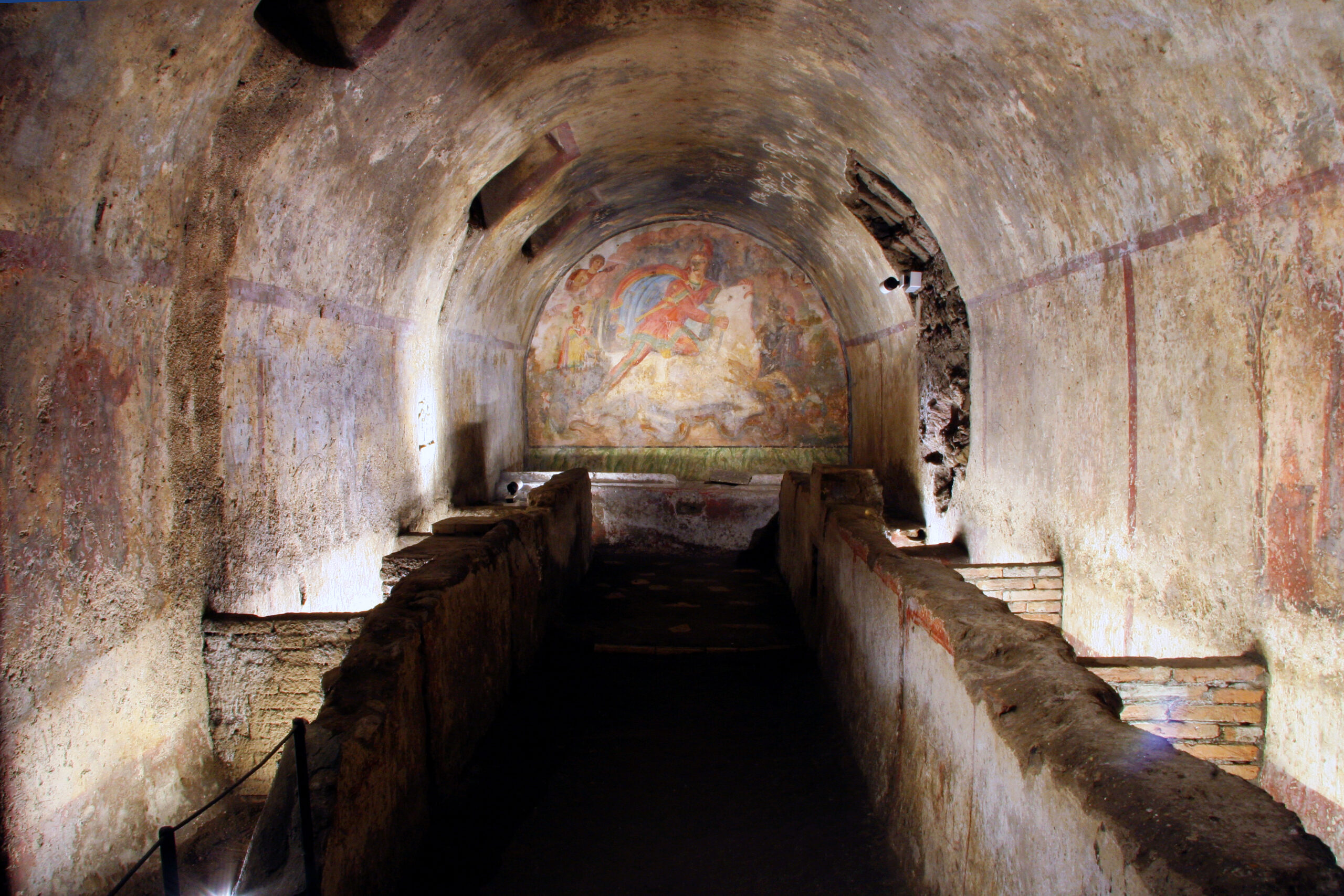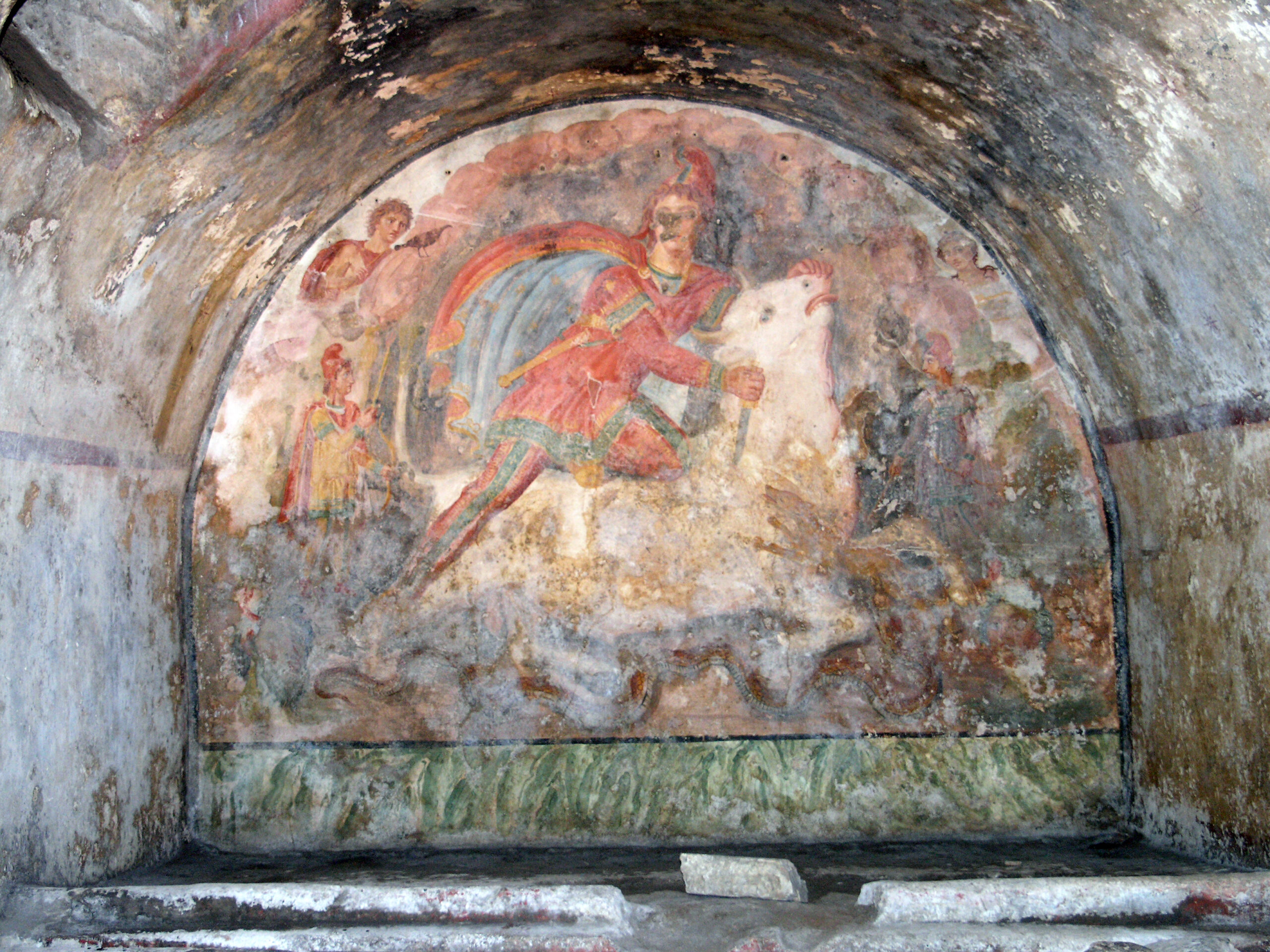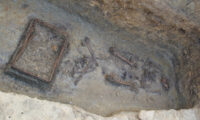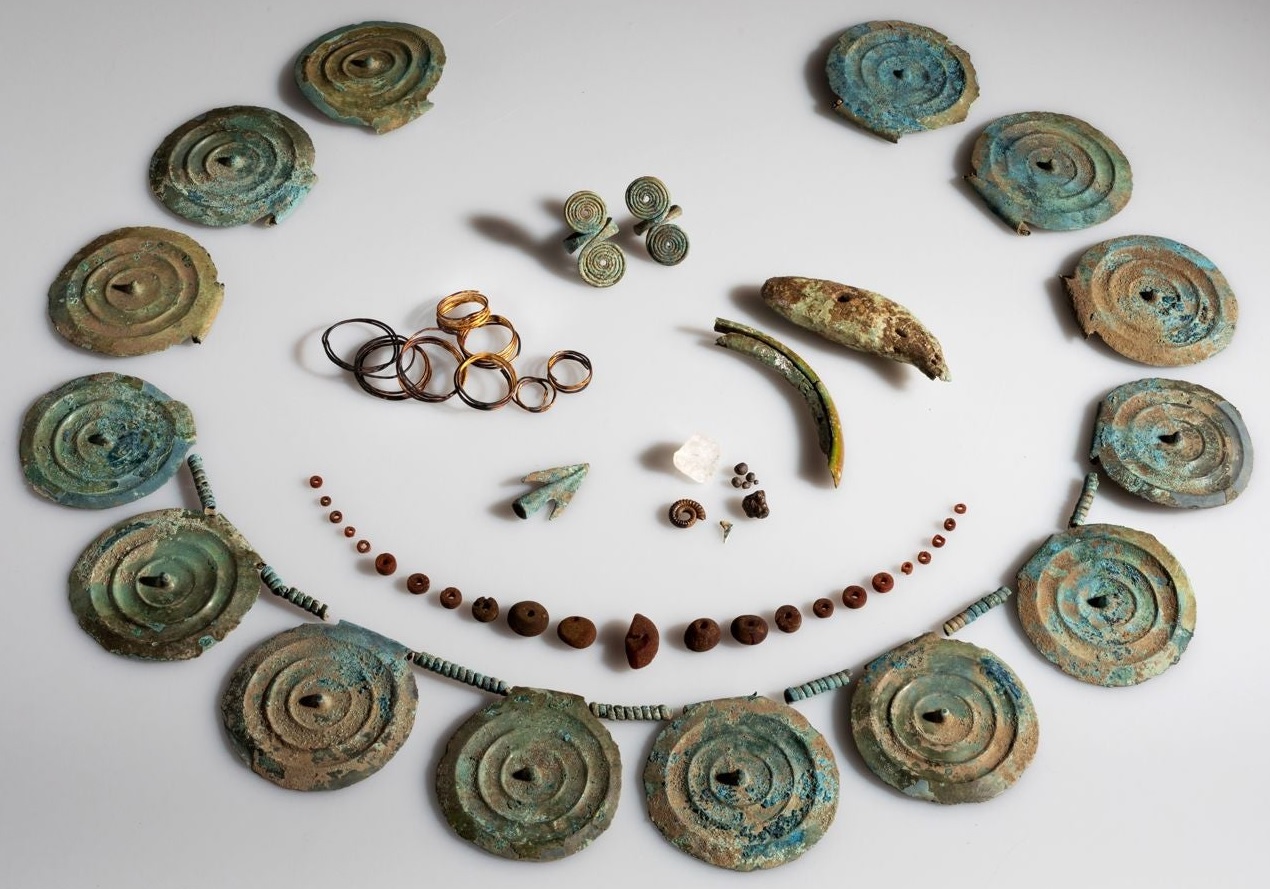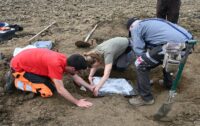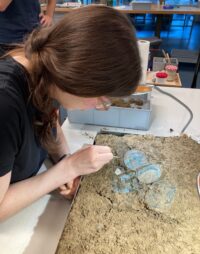 Archaeologists have discovered a rare 5,000-year-old tomb containing the articulated remains of 14 individuals at a Neolithic site at Holm on the east coast of Mainland, Orkney. It consists of a stone cairn 49 feet in diameter at the end of 23-foot-long stone passage. Six smaller chambers adjoin the central cairn. This is a “Maes Howe-type” passage grave; only 12 others of this type of tomb are known on Orkney. Built with corbelled stone roofs that narrowed as they rose, Maes Howe tombs are considered the pinnacle of Neolithic engineering in northern Britain.
Archaeologists have discovered a rare 5,000-year-old tomb containing the articulated remains of 14 individuals at a Neolithic site at Holm on the east coast of Mainland, Orkney. It consists of a stone cairn 49 feet in diameter at the end of 23-foot-long stone passage. Six smaller chambers adjoin the central cairn. This is a “Maes Howe-type” passage grave; only 12 others of this type of tomb are known on Orkney. Built with corbelled stone roofs that narrowed as they rose, Maes Howe tombs are considered the pinnacle of Neolithic engineering in northern Britain.
This masterpiece of prehistoric construction was almost destroyed without a trace. It is flat now, the towering height that once would have dominated the landscape lost to stone thieves in the 18th and 19th centuries. Then in 1896, the son of a local farmer dug around the site, uncovering some remains of walls, a macehead and ball and eight skeletons. The finds were reported in a local paper as the ruins of a “chambered cairn,” but it was a passing reference with no specific location information.
 Dr Hugo Anderson-Whymark, senior curator of Neolithic prehistory at the National Museums Scotland, came across the 1896 report and decided to seek out the tomb. A geophysical survey helped pinpoint the possible location of the tomb. A team of local volunteers and students led by Anderson-Whymark and Prof Vicki Cummings of Cardiff University hit paydirt and excavated the tomb in a targeted three-week dig.
Dr Hugo Anderson-Whymark, senior curator of Neolithic prehistory at the National Museums Scotland, came across the 1896 report and decided to seek out the tomb. A geophysical survey helped pinpoint the possible location of the tomb. A team of local volunteers and students led by Anderson-Whymark and Prof Vicki Cummings of Cardiff University hit paydirt and excavated the tomb in a targeted three-week dig.
Dr Anderson-Whymark said: […]
“It’s incredible to think this once impressive monument was nearly lost without record, but fortunately just enough stonework has survived for us to be able understand the size, form and construction of this tomb.”
Dr Anderson-Whymark said 5,000 years ago, the tomb would have been a prominent feature on the landscape, and likely to have looked similar to Orkney’s Maeshowe chambered cairn.
He said it was possible further discoveries, including more skeletons, could be made at Holm.
Prof Cummings said: “The preservation of so many human remains in one part of the monument is amazing, especially since the stone has been mostly robbed for building material.
“It is incredibly rare to find these tomb deposits, even in well-preserved chambered tombs and these remains will enable new insights into all aspects of these peoples’ lives.”
The human remains will be DNA-tested to discover if there are familial relationships between the people buried in the tomb. The tomb appears to have been used over a stretch of time, with bodies placed on top of older ones. Radiocarbon dating may answer how long the tomb was in active use.
